When looking at my own art, design, writing, and creative work in general, I have determined that the three greatest artistic influences to my work are by the writer and illustrator Andy Ristaino, the Modernist sculptor Henry Moore, and the Post-impressionist painter Paul Cézanne.
Andy Ristaino is an American artist who is best known for being the former lead character designer and current writer and storyboard artist on the animated television series Adventure Time. I very much identify with Ristaino’s writing and work because like him, I too was a child of fantasy and mythical imagination. Indeed, Ristaino’s writing reflects a love a fantasy from a nostalgic perspective, and his illustrative work from Adventure Time (see fig. 1) is visually simple and minimal, but relays concepts immediately to the viewer
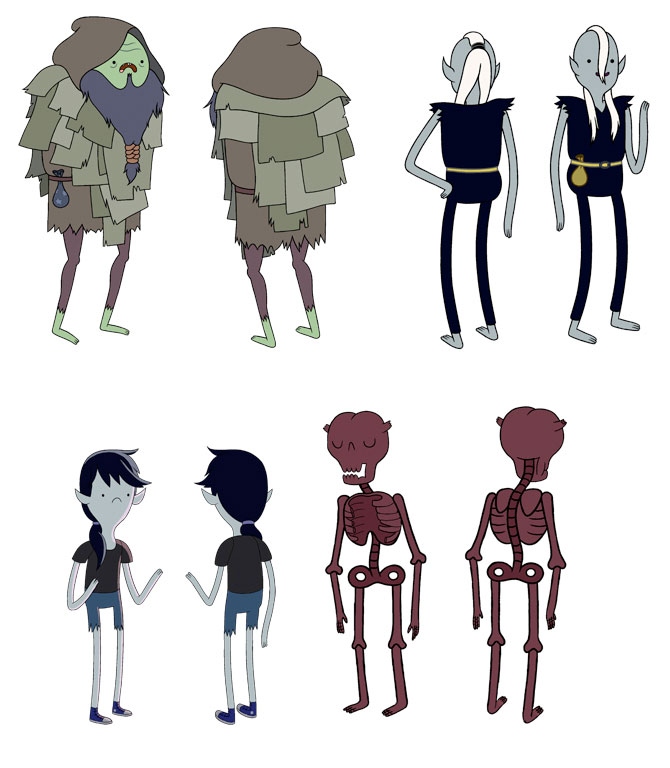
Figure 1. adventuretime-characters-06.jpg (Adventure Time Characters). Oct. 12, 2012. Web.
In regards to fantasy and mythology, when I was a child I remember the most influential movies being Legend and Willow, the most influential videogames being The Legend of Zelda, Battle of Olympus, and Wizards & Warriors, and the most influential tabletop games being Dungeons & Dragons and Marvel Superheroes. So, I have always loved the fantasy, fairytale, and nursery rhyme genre, just like Ristaino, and my reading and gameplay interests automatically gravitate in that direction.
Recently I worked on a school project that reminds me a lot of Ristaino’s work. I took the original story of Jack Spriggins and the Magic Beans, I rewrote the story as a satirical fairytale about natural and genetically modified farming, and I created an interactive parallax website (see fig. 2).
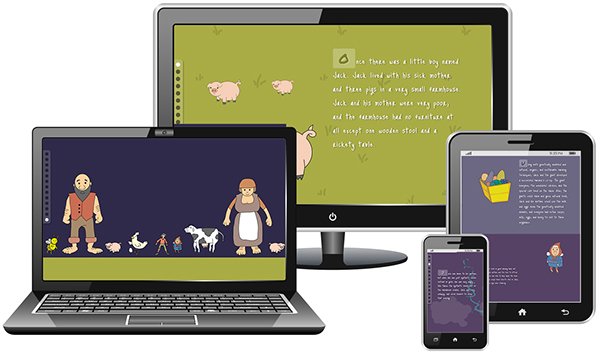
Figure 2. RWD View of JackSpriggins.com. November 15, 2014. Web.
The next influence upon my work is Henry Spencer Moore, an English sculptor and artist. I was first exposed to Moore’s work when I visited Washington DC. While pursuing my undergraduate degree in the art department at Fairmont State University, I visited both the National Gallery and the Hirshhorn Museums in our nation’s capital. Moore is probably best known for his semi-abstract monumental bronze sculptures which are located around the world as public works of art, including Washington DC.
I have always been impressed with the style of abstraction that Moore’s work represents (see fig. 3) through simplifying his sculpture to forms of organic fantasy or science fiction. Although I only was exposed to a little amount of sculpture academically, my early artwork always included sculptural elements, and I’m very much a fan of digital sculpture using software such as Newtek Lightwave.
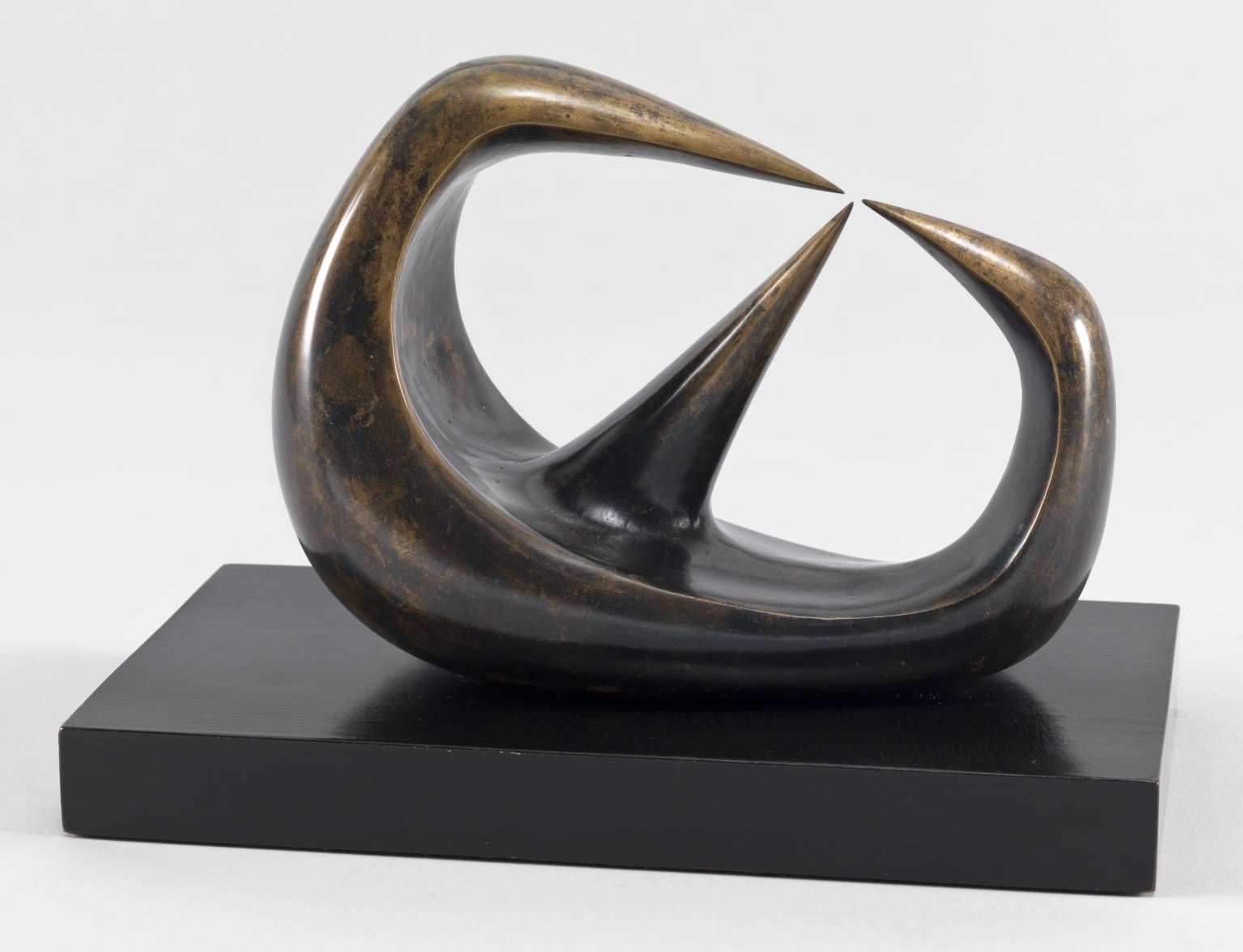
Figure 3. Flesh and Bone. Moore, Henry. Ashmolean Museum. Web
A while ago I created a series of abstract geometric/organic digital sculptures (see fig. 4), but I never really showed them to anyone, and I simply included them into my personal website at https://www.timbroadwater.com/fine-art/; anyone can see the similarity to Moore’s work, especially in regards to abstraction and form.

Figure 4. Cubecyl1. Broadwater, Tim. TimBroadwater.com. Digital Sculpture.
The final influence on my design, art, and creative work has to be Paul Cézanne, a French artist and Post-Impressionist painter. Cézanne‘s work is best known as characterizing the transition from the 19th-century to the 20th century in the medium of painting. Cézanne landscapes and still life paintings, which all embody an expressive application of paint and color, have stuck with me ever since I became aware of his work in my first Art History class.
Over the years I’ve seen a great deal of his work, and I have to say that Cézanne is the person I think of first and foremost as a premiere landscape artist; he is a true painter of landscape’s forms and color (see fig. 5). I’m a landscape painter by hobby myself, you can see some of my recent painting on my personal website at https://www.timbroadwater.com/fine-art/, and I prefer to paint on location when the weather is nice.
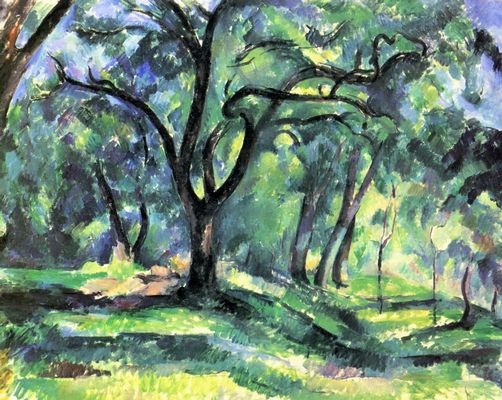
Figure 5. Foret. Cézanne, Paul. TimBroadwater.com. 1381. Oil on canvas. Web.
I always look to Paul Cézanne’s work with wonder, and a painting I created two years ago titled Fairfield Manor (see fig. 6) really reminds me of his work. I’m not sure if it was the windy day wherein the tree branches were whipping around and the trunks were swaying, but I feel I really captured both the color and the form of the trees (at which Paul Cézanne was very successful).
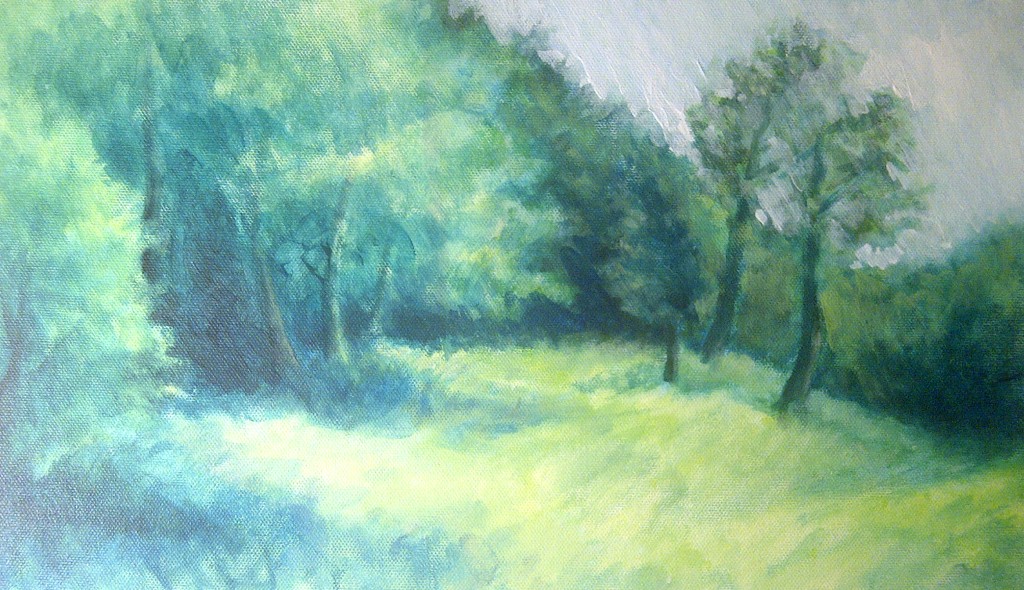
Figure 6. Fairfield Manor. Broadwater, Tim. TimBroadwater.com. Acrylic on canvas. Web.
In closure, the three largest artistic influences of my work are by far Andy Ristaino, Henry Moore, and Paul Cézanne, and I feel that their influences are always present in some way in my art, design, writing, and creative focus… consciously or subconsciously.

